ESA gives a Boost! to D-Orbit industrial ramp-up plans
Thursday, 09 June 2022 12:00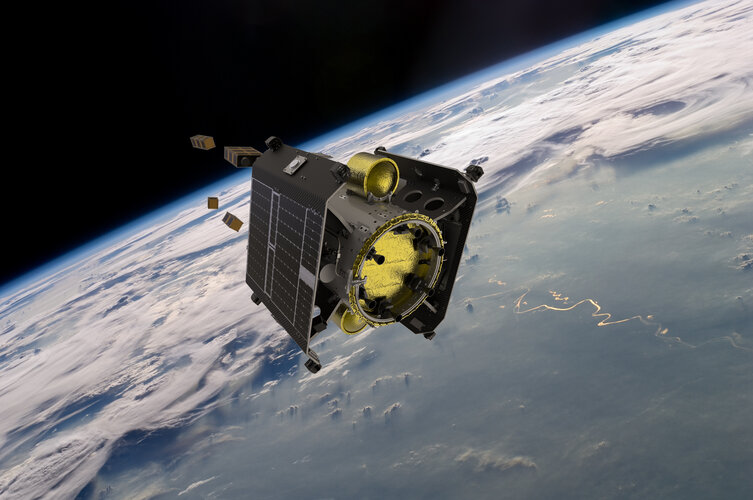
Italy-based on-orbit transportation services provider D-Orbit is set to ramp-up industrialisation of its “last-mile” satellite delivery service with help from ESA’s Boost! programme.
Psyche launch delay forcing revamp of rideshare mission
Thursday, 09 June 2022 10:32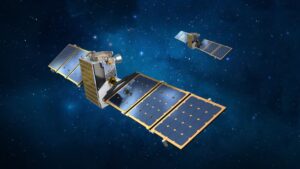
A delay in the launch of NASA’s Psyche asteroid mission is forcing another asteroid mission hitching a ride to revise its plans.
The post Psyche launch delay forcing revamp of rideshare mission appeared first on SpaceNews.
NASA Marshall Team Delivers Tiny, Powerful 'Lunar Flashlight' Propulsion System
Thursday, 09 June 2022 10:05 Engineers at NASA's Marshall Space Flight Center in Huntsville, Alabama, have built some of the largest rocket engines ever to light up the icy reaches of space. Now Marshall and its commercial partners have delivered one of the smallest propulsion systems in its history, designed to help propel an upcoming NASA mission to shed new light on the Moon's South Pole - in search of a much more useful
Engineers at NASA's Marshall Space Flight Center in Huntsville, Alabama, have built some of the largest rocket engines ever to light up the icy reaches of space. Now Marshall and its commercial partners have delivered one of the smallest propulsion systems in its history, designed to help propel an upcoming NASA mission to shed new light on the Moon's South Pole - in search of a much more useful Webb: Engineered to Endure Micrometeoroid Impacts
Thursday, 09 June 2022 10:05 Micrometeoroid strikes are an unavoidable aspect of operating any spacecraft, which routinely sustain many impacts over the course of long and productive science missions in space. Between May 23 and 25, NASA's James Webb Space Telescope sustained an impact to one of its primary mirror segments. After initial assessments, the team found the telescope is still performing at a level that exceeds a
Micrometeoroid strikes are an unavoidable aspect of operating any spacecraft, which routinely sustain many impacts over the course of long and productive science missions in space. Between May 23 and 25, NASA's James Webb Space Telescope sustained an impact to one of its primary mirror segments. After initial assessments, the team found the telescope is still performing at a level that exceeds a NASA's Lucy Mission Continues Solar Array Deployment Process
Thursday, 09 June 2022 10:05 NASA's Lucy mission team is in the midst of a multi-stage effort to further deploy the spacecraft's unlatched solar array. On May 9, the team commanded the spacecraft to operate the array's deployment motor using both the primary and back-up motor windings simultaneously to generate more torque, i.e. a harder pull.
The motor operated as expected, further reeling in the lanyard that pulls t
NASA's Lucy mission team is in the midst of a multi-stage effort to further deploy the spacecraft's unlatched solar array. On May 9, the team commanded the spacecraft to operate the array's deployment motor using both the primary and back-up motor windings simultaneously to generate more torque, i.e. a harder pull.
The motor operated as expected, further reeling in the lanyard that pulls t SpaceX launches Nilesat 301 satellite, recovers Falcon 9 first stage
Thursday, 09 June 2022 10:05 SpaceX on Wednesday launched a communications satellite and recovered its Falcon 9 rocket at sea.
Falcon 9 lifted off from Cape Canaveral Space Force Station in Florida, carrying a Nilesat 301 satellite at 5:04 p.m. on Wednesday.
The rocket's first stage booster returned to earth about 8 minutes and 45 seconds after launch and touched down on SpaceX's Just Read the Instructions d
SpaceX on Wednesday launched a communications satellite and recovered its Falcon 9 rocket at sea.
Falcon 9 lifted off from Cape Canaveral Space Force Station in Florida, carrying a Nilesat 301 satellite at 5:04 p.m. on Wednesday.
The rocket's first stage booster returned to earth about 8 minutes and 45 seconds after launch and touched down on SpaceX's Just Read the Instructions d NASA Supplier Completes Manufacturing Artemis III SLS Booster Motors
Thursday, 09 June 2022 10:05 The 10 Space Launch System (SLS) rocket motor segments that will help launch the Artemis III crew on their mission to land on the Moon are complete. Teams finished manufacturing the segments for the mission on May 18, 2022.
Each of the twin solid rocket boosters is made up of five motor segments that will be stacked with the rest of the booster parts before flight. The twin boosters supply
The 10 Space Launch System (SLS) rocket motor segments that will help launch the Artemis III crew on their mission to land on the Moon are complete. Teams finished manufacturing the segments for the mission on May 18, 2022.
Each of the twin solid rocket boosters is made up of five motor segments that will be stacked with the rest of the booster parts before flight. The twin boosters supply France Signs Artemis Accords as French Space Agency Marks Milestone
Thursday, 09 June 2022 10:05 France is the latest country to sign the Artemis Accords, affirming its commitment to sustainable space exploration that follows a common set of principles promoting beneficial use of space for all of humanity.
Philippe Baptiste, president of the Centre National d'Etudes Spatiales (CNES) - the French space agency - signed the document during an event hosted by the Ambassador of France to t
France is the latest country to sign the Artemis Accords, affirming its commitment to sustainable space exploration that follows a common set of principles promoting beneficial use of space for all of humanity.
Philippe Baptiste, president of the Centre National d'Etudes Spatiales (CNES) - the French space agency - signed the document during an event hosted by the Ambassador of France to t Iris system to digitalise airspace goes global
Thursday, 09 June 2022 07:45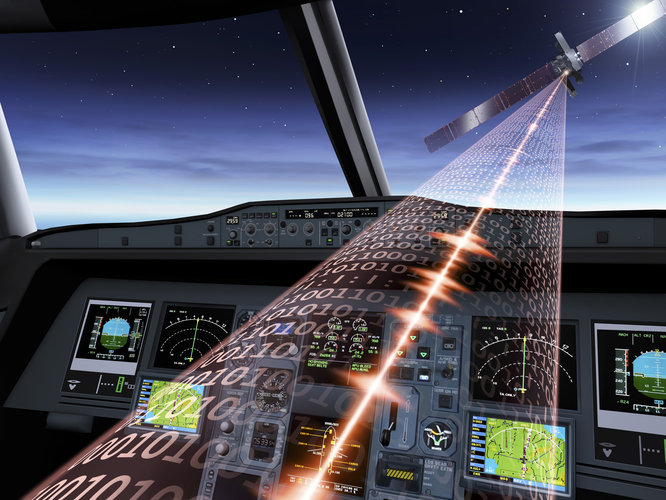
A space-enabled system to help clear congested skies while reducing carbon emissions is going global, following a deal signed today between satellite communications provider Inmarsat and ESA.
Watch live: FT Investing in Space sessions with Samantha Cristoforetti and Josef Aschbacher
Thursday, 09 June 2022 07:13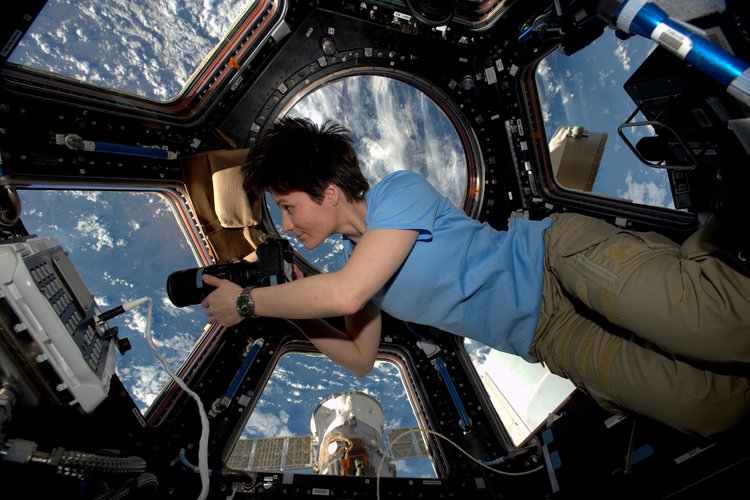
House armed services panel calls on DoD to buy commercial space technology and data
Wednesday, 08 June 2022 20:55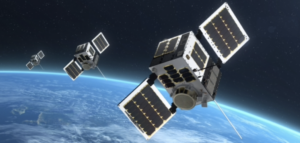
The House Armed Services Committee’s subcommittee on strategic forces on June 8 passed its proposals for the Fiscal Year 2023 National Defense Authorization Act.
The post House armed services panel calls on DoD to buy commercial space technology and data appeared first on SpaceNews.
Inmarsat satellite tests signal for replacing lost UK navigation capability
Wednesday, 08 June 2022 20:10
Inmarsat said June 8 it has started beaming a test navigation signal from an aging satellite to help the United Kingdom replace space-based capabilities it lost following Brexit.
Keeping Our Sense of Direction: Dealing With a Dead Sensor
Wednesday, 08 June 2022 19:59 As the season has turned to winter in Jezero Crater, conditions have become increasingly challenging for Ingenuity, which was designed for a short flight-test campaign during the much warmer Martian spring. Increased amounts of dust in the atmosphere, combined with lower daytime temperatures and shorter days, have impacted Ingenuity's energy budget to the point where it is unable to keep itself
As the season has turned to winter in Jezero Crater, conditions have become increasingly challenging for Ingenuity, which was designed for a short flight-test campaign during the much warmer Martian spring. Increased amounts of dust in the atmosphere, combined with lower daytime temperatures and shorter days, have impacted Ingenuity's energy budget to the point where it is unable to keep itself UK and US to launch Joint Mission Aboard UK's first Virgin Orbit orbital flight
Wednesday, 08 June 2022 19:59 Satellite launch company Virgin Orbit (Nasdaq: VORB) announces today that a joint mission between the United Kingdom's Defense Science and Technology Laboratory and the United States Naval Research Laboratory (NRL) is expected to be lofted on the first space launch out of Spaceport Cornwall later this year.
The government agencies' joint Coordinated Ionospheric Reconstruction CubeSat Exper
Satellite launch company Virgin Orbit (Nasdaq: VORB) announces today that a joint mission between the United Kingdom's Defense Science and Technology Laboratory and the United States Naval Research Laboratory (NRL) is expected to be lofted on the first space launch out of Spaceport Cornwall later this year.
The government agencies' joint Coordinated Ionospheric Reconstruction CubeSat Exper Dragon Mission on Hold as Astronauts Conduct Eye Exams, Spacesuit Work
Wednesday, 08 June 2022 19:59 NASA and SpaceX are standing down from this week's Falcon 9 launch of the CRS-25 cargo mission to the International Space Station. Officials from NASA and SpaceX met today to discuss an issue identified over the weekend and the best path forward.
During propellant loading of the Dragon spacecraft, elevated vapor readings of mono-methyl hydrazine (MMH) were measured in an isolated region of
NASA and SpaceX are standing down from this week's Falcon 9 launch of the CRS-25 cargo mission to the International Space Station. Officials from NASA and SpaceX met today to discuss an issue identified over the weekend and the best path forward.
During propellant loading of the Dragon spacecraft, elevated vapor readings of mono-methyl hydrazine (MMH) were measured in an isolated region of 
